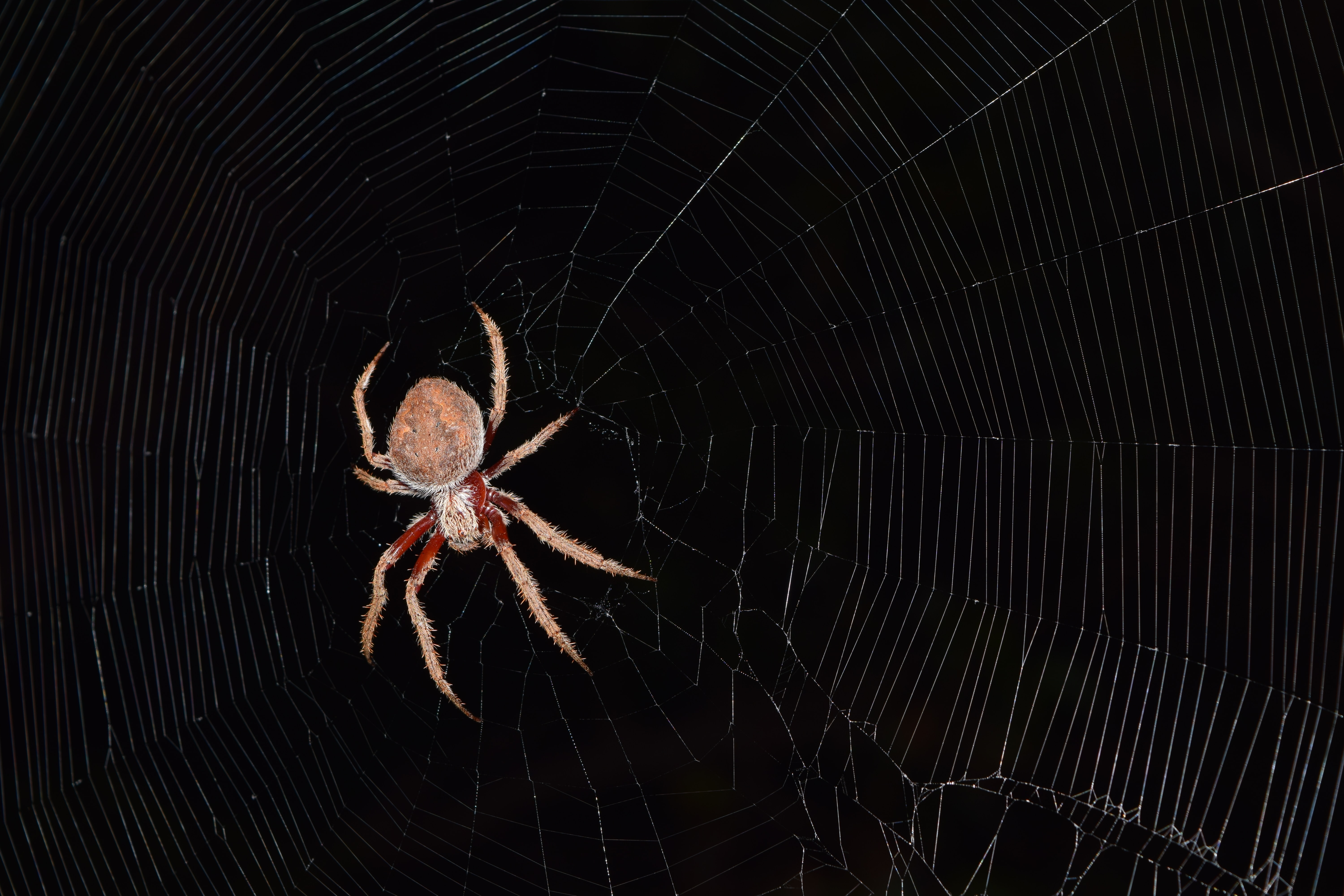Media release
From:
Assessing the impact of fire on spiders through a global comparative analysis
Climate change and human activities are impacting fire regimes. Understanding how animals respond to fire is essential for predicting the consequences of this. We combine data from studies investigating the impact of fire on spiders, one of the most diverse and widespread group of animals. We find evidence that short fire intervals may be a threat to some spiders, that the effect of fire differs between vegetation types, and that fire has a negative impact on some web building spiders. This information may help to make fire management decisions and identify species most at risk from changing fire regimes.



 Australia; VIC
Australia; VIC



